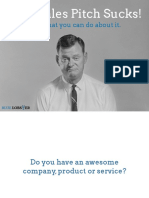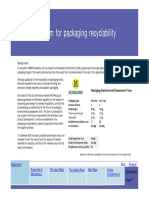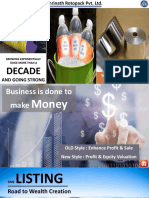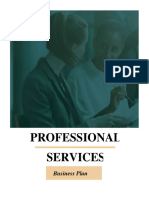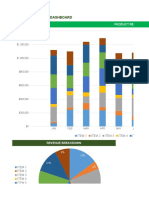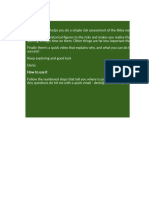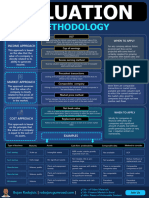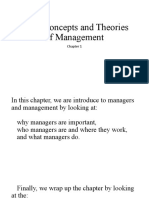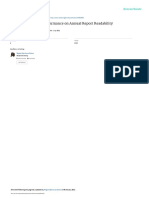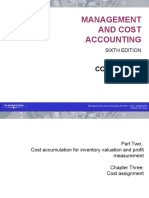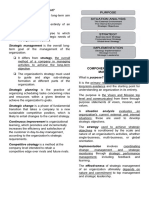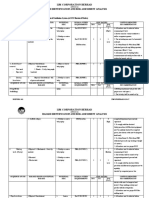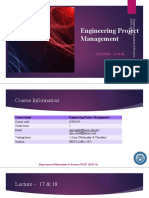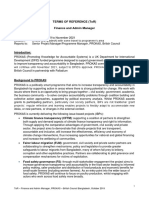0% found this document useful (0 votes)
153 views8 pagesTax Function Effectiveness Eng
Transformation of a company's tax function can generate several advantages: reduced risk of errors, diminished regulatory risks, stronger controls, and new analytical capabilities. A transformation involves assessing the current state, defining a future state with automated processes and upskilled workforce, and strategizing a roadmap to modernize the tax function through technology and collaboration tools.
Uploaded by
marta.stepinska.poltaxCopyright
© © All Rights Reserved
We take content rights seriously. If you suspect this is your content, claim it here.
Available Formats
Download as PDF, TXT or read online on Scribd
0% found this document useful (0 votes)
153 views8 pagesTax Function Effectiveness Eng
Transformation of a company's tax function can generate several advantages: reduced risk of errors, diminished regulatory risks, stronger controls, and new analytical capabilities. A transformation involves assessing the current state, defining a future state with automated processes and upskilled workforce, and strategizing a roadmap to modernize the tax function through technology and collaboration tools.
Uploaded by
marta.stepinska.poltaxCopyright
© © All Rights Reserved
We take content rights seriously. If you suspect this is your content, claim it here.
Available Formats
Download as PDF, TXT or read online on Scribd
/ 8
















